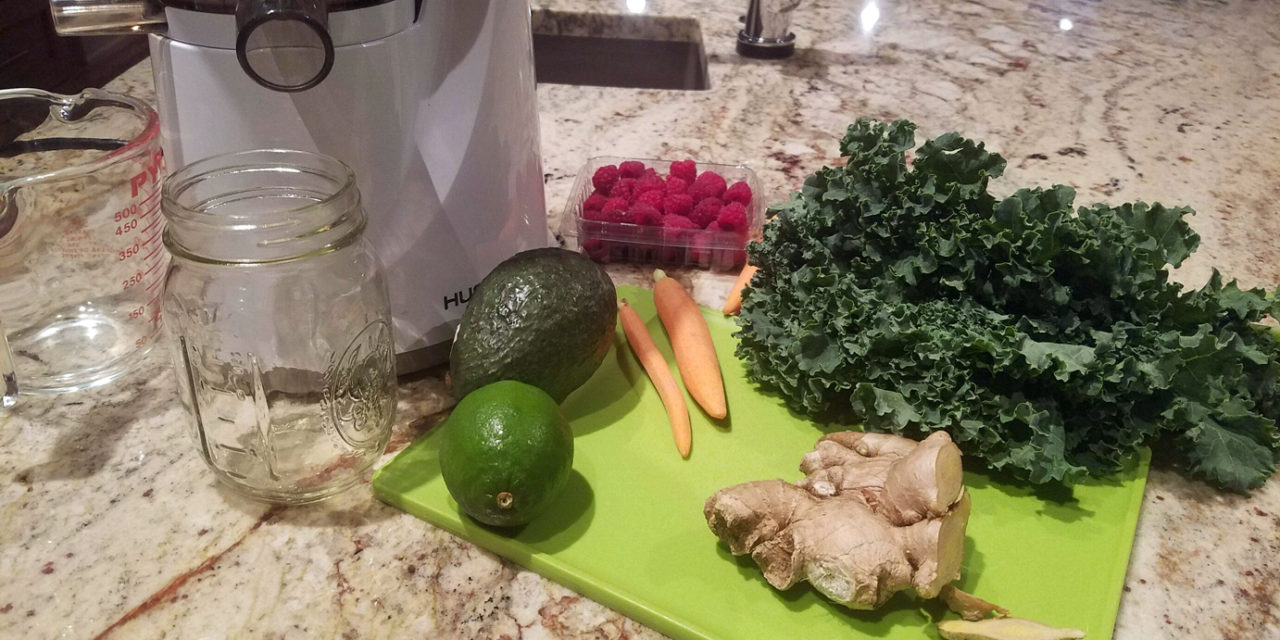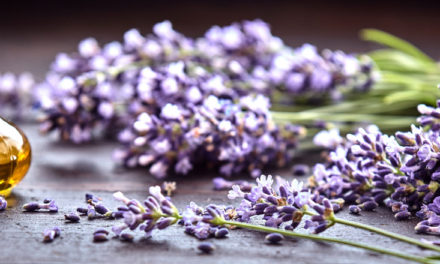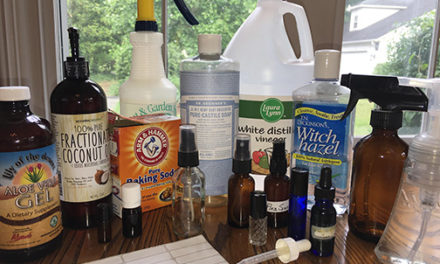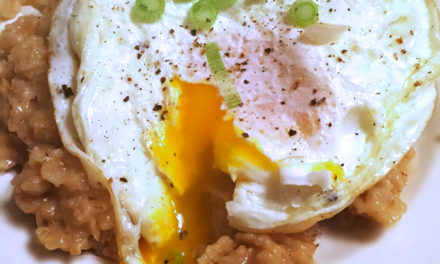I’ve always been a healthy eater, but my cancer diagnosis pushed me to bring it to a whole new level I never dreamed about. My mantra each morning is, “Rise and Blend,” There’s a ton of controversy on the difference between juicing and blending, so here’s my take in a shortened version.
Blending is a great way to get much needed fiber into your diet. When you throw all your veggies and greens in the blender, it’s an amazing boost of nutrients and alkalizing greens that your body will soak up first thing in the a.m.! I love my green juices, too, though!
Just remember, with juicing you are extracting what some say are the “good parts” of the greens/veggies. You lose the fiber and it’s definitely not as filling for me. But, I have days where I love juices, too. I’m just careful not to put too many fruits in my juices so my insulin doesn’t spike! Cancer patients should always be cautious with sugar… of any type. A healthy relationship with sugar is different for everyone. If you have a special reason to be vigilant about the amount of sugar in your diet—for example, if you’re a cancer patient, or have diabetes or candida—then you may want to exercise some caution even with naturally occurring sugars.
I asked Chef Hannah to share some info on juicing vs. blending, too.
“There is a wide range of thoughts on juicing vs. blending – making ‘smoothies,’” Hannah said. “I believe in a balance of both to ensure you’re getting the pure vitamins from fruits and vegetables via juicing while also consuming the whole fruit/vegetable for fiber and nutrient consumption.”
Hannah said juicers and blenders can be both affordable and pricey, it just depends on your needs. “Breville makes a line of juicers that range from very affordable to commercial consumer quality, and they are good across the board for whatever your price point may be.
“NutriBullet is an affordable blender, and Vitamix is top-of-the-line in recommendations for blending.”
Once you’ve chosen a juicer or blender, think about what you hope to get from juicing or blending, and consider your palate preferences, as well, before you shop for ingredients.
“When beginning to juice, start out simple with two to three ingredients so you can build from there on your tastes,” Hannah recommended. “Juice more vegetables than fruit to keep the sugar content low. A good ratio is to have 1 apple or 1/2 cup blueberries while the rest of your recipe comes from greens.”
Above all? “Don’t be afraid to try new things!”
Blended drinks offer an opportunity to play with a range of consistencies, as well. Use almond milk or cashew milk by itself for a thinner drink, or add ice or frozen fruit like blueberries and raspberries. While it’s ideal if ingredients are organic, blending or juicing with non-organic ingredients is still a healthy alternative to processed foods. Do the best you can!
Here are a few articles online that will give you some info:
- Kris Carr’s amazing juice and smoothie recipes from KrisCarr.com
- 18 Refreshing Juice Recipes to Try at Home from Epicurious.com
- 20 Super-Healthy Smoothie Recipes from Prevention.com






I make smoothies all the time I just wonder if using too much sugar in them as they are usually about a cup of frozen fruit and some manuka honey and that’s about it for sweetener